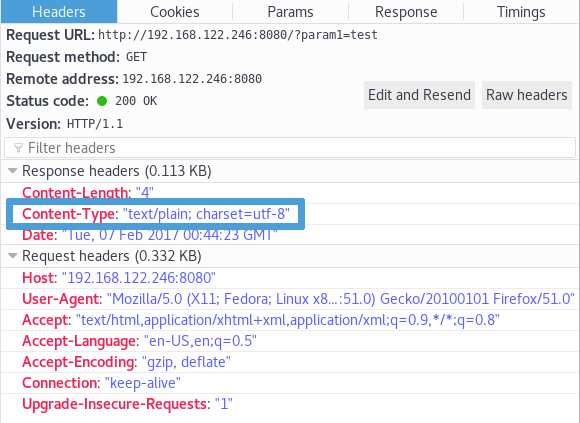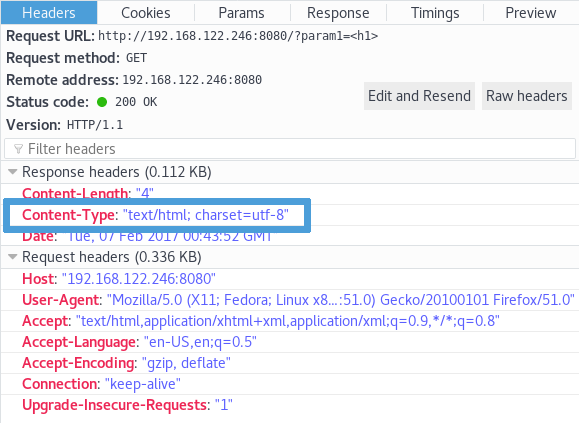XSS - Cross Site Scripting
Most developers have heard about it, yet most never tried to exploit a Web Application using XSS.
Cross Site Scripting is on OWASP Top 10 since 2003 and it still is a common vulnerability. The 2013 version is pretty detailed about XSS: attack vectors, security weakness, technical impacts and business impacts.
In short
You are vulnerable if you do not ensure that all user supplied input is properly escaped, or you do not verify it to be safe via server-side input validation, before including that input in the output page. (source)
Go, just like any other multi-purpose programming language has everything needed to mess with and make you vulnerable to XSS, despite the documentation being clear about using the html/template package. Quite easily you can find "hello world" examples using net/http and io packages and without realizing it, you're vulnerable to XSS.
Imagine the following code:
package main
import "net/http"
import "io"
func handler (w http.ResponseWriter, r *http.Request) {
io.WriteString(w, r.URL.Query().Get("param1"))
}
func main () {
http.HandleFunc("/", handler)
http.ListenAndServe(":8080", nil)
}
This snippet creates and starts an HTTP Server listening on port 8080
(main()), handling requests on server's root (/).
The handler() function, which handles requests, expects a Query String
parameter param1, whose value is then written to the response stream (w).
As Content-Type HTTP response header is not explicitly defined, Go
http.DetectContentType default value will be used, which follows the
WhatWG spec.
So, making param1 equal to "test", will result in Content-Type HTTP
response header to be sent as text/plain

but if param1 first characters are "<h1>", Content-Type will
be text/html.

You may think that making param1 equal to any HTML tag will lead to the same
behavior, but it won't: making param1 equal to "<h2>", "<span>"
or "<form>" will make Content-Type to be sent as plain/text instead
of expected text/html.
Now let's make param1 equal to <script>alert(1)</script>.
As per WhatWG spec Content-Type HTTP response header will be sent as
text/html, param1 value will be rendered and... here it is, the
XSS - Cross Site Scripting.

After talking with Google regarding this situation, they informed us that:
It's actually very convenient and intended to be able to print html and have the content-type set automatically. We expect that programmers will use html/template for proper escaping.
Google states that developers are responsible for sanitizing and protecting
their code. We totally agree BUT in a language where security is a priority,
allowing Content-Type to be set automatically besides having text/plain as
default, is not the best way to go.
Let's make it clear: text/plain and/or the text/template package won't
keep you away from XSS as it does not sanitize user input.
package main
import "net/http"
import "text/template"
func handler(w http.ResponseWriter, r *http.Request) {
param1 := r.URL.Query().Get("param1")
tmpl := template.New("hello")
tmpl, _ = tmpl.Parse(`{{define "T"}}{{.}}{{end}}`)
tmpl.ExecuteTemplate(w, "T", param1)
}
func main() {
http.HandleFunc("/", handler)
http.ListenAndServe(":8080", nil)
}
Making param1 equal to "<h1>" will lead to Content-Type being sent as
text/html what makes you vulnerable to XSS.

Replace the text/template package by the html/template one and you'll be ready to proceed... safely.
package main
import "net/http"
import "html/template"
func handler(w http.ResponseWriter, r *http.Request) {
param1 := r.URL.Query().Get("param1")
tmpl := template.New("hello")
tmpl, _ = tmpl.Parse(`{{define "T"}}{{.}}{{end}}`)
tmpl.ExecuteTemplate(w, "T", param1)
}
func main() {
http.HandleFunc("/", handler)
http.ListenAndServe(":8080", nil)
}
Not only Content-Type HTTP response header will be sent as text/plain when
param1 is equal to "<h1>"

but also param1 is properly encoded to the output media: the browser.
